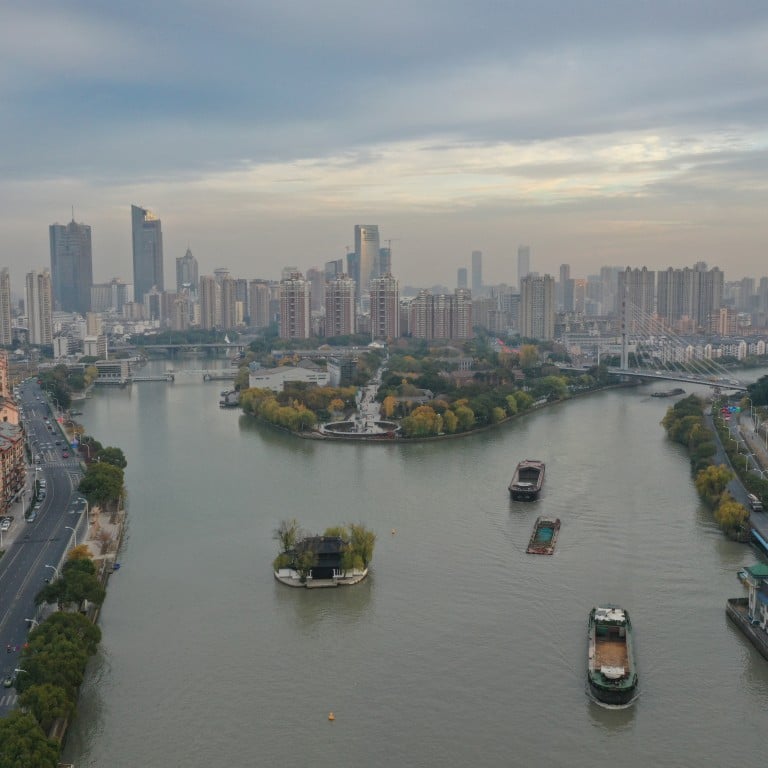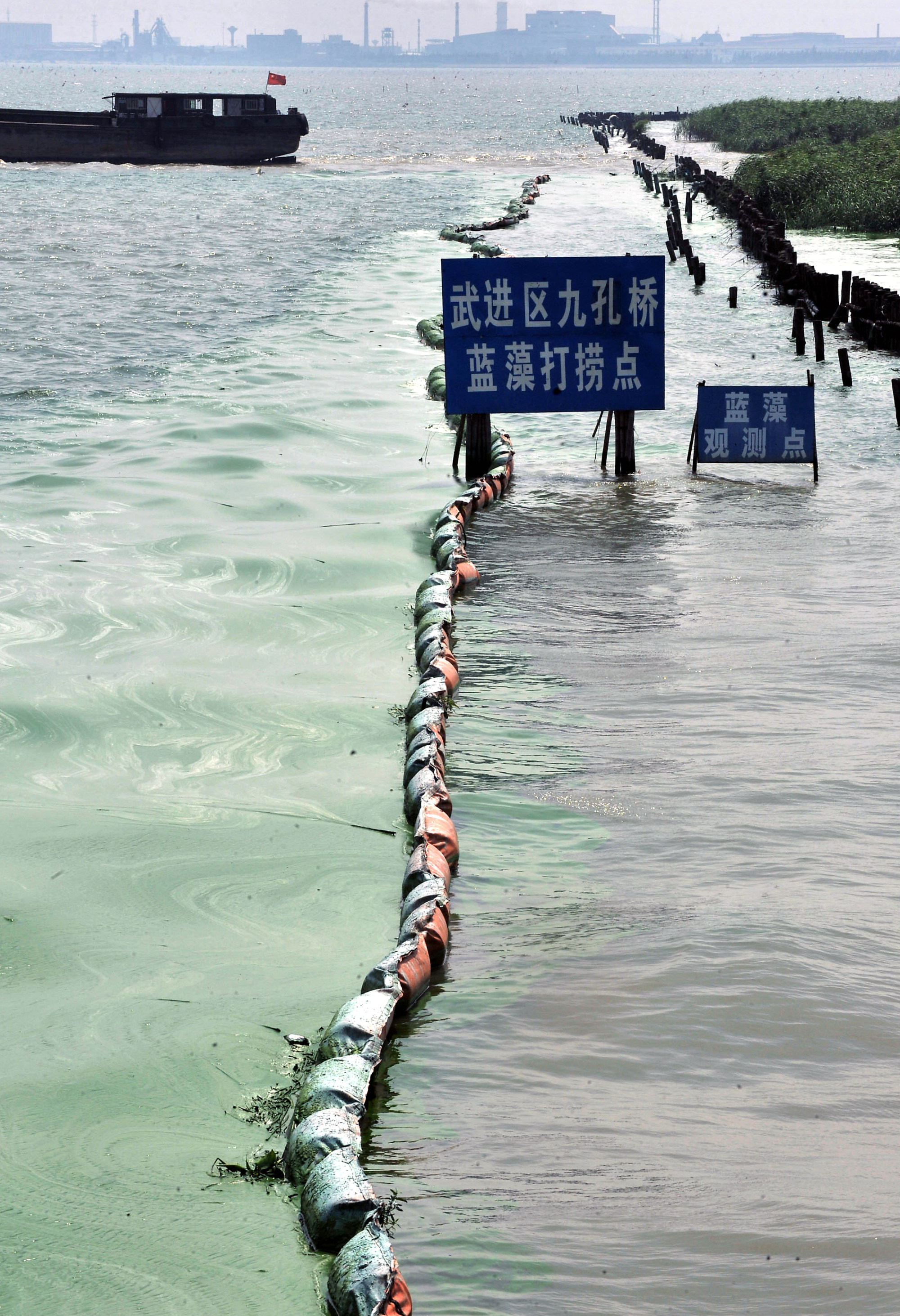
China tech: Wuxi model shows local governments how to drive growth
- Wuxi’s evolution from an industrial hub to an epicentre of technological innovation offers other local governments a prime example of how to employ a unique blend of public and private sector integration to promote regional economic development
Unlike in other countries where distinct boundaries exist between the public and private sectors, China’s municipal governments are deeply entrenched in fostering economic development. And Wuxi’s remarkable growth demonstrates the effectiveness of such government-led initiatives in the technology sector.
The city’s GDP has doubled over the past decade and in 2021, it achieved a significant milestone when its per-capita GDP exceeded that of Beijing, positioning it among the top Chinese cities according to that metric.
Wuxi – historically known for its industrial prowess, especially in textiles – has long been viewed within China as a satellite city to Shanghai and remained relatively unknown to the international community. However, the last decade’s remarkable growth has been propelled by a shift from traditional manufacturing to a focus on the technology sector, with the semiconductor industry playing a pivotal role.
Today, Wuxi is home to more than 600 semiconductor companies, contributing more than 200 billion yuan (US$28.1 billion), accounting for about 15 per cent of the city’s GDP.

In response to its lack of suitable infrastructure, skilled workforce and established firms, the municipal government took on significant debt to fund the creation of hi-tech industrial estates, modernise infrastructure and attract talent.
The investments were primarily channelled into upgrading infrastructure. Wuxi set up state-of-the-art industrial estates and innovation centres to attract technology firms, research bodies and start-ups, with a special focus on the semiconductor industry. A notable example of this is the Tsinghua Wuxi Institute of Applied Technology, a collaborative effort between the Wuxi municipal government and Tsinghua University.
The establishment of this institute led to an influx of Tsinghua alumni and students in Wuxi. In tandem, the municipal government injected substantial financial resources to back emerging tech enterprises. Significant investments were also made to enhance transport networks and research facilities, including the National Supercomputing Centre in Wuxi.

The city continues to fine-tune its tech policy. It recently unveiled its new development strategy known as the “465 policy”. The plan aims to channel investment into four established hi-tech industries: the internet of things, semiconductors, biomedicine and IT services.
Additionally, it aims to bolster six key industries – manufacturing equipment, textiles and garments, environmental protection, new materials, renewable energy and automobiles – while nurturing five emergent sectors, in artificial intelligence, quantum computing, third-generation semiconductors, hydrogen energy and deep-sea equipment.
As part of this approach, the Wuxi government is now directing its investment into specific, high-potential industries rather than blanket support for all innovation-driven sectors. This effectively transforms the municipal government into a sector-specific venture capital entity.
Meet the drug maker that wants to cure China’s tainted vaccine market
The implementation of this policy involves a three-year action plan, introducing specific fiscal incentives for industrial development and the creation of district government-backed investment funds dedicated to the biomedicine and healthcare sectors. This strategic alignment shows how district governments are adopting roles akin to venture capitalists, focusing on targeted industries within their jurisdictions.
In China’s competitive landscape of municipal governance, economic growth is a pivotal factor driving the career advancement of local government officials. Recognising the potential of the technology sector to spur regional economic development, many municipal governments are considering leveraging fiscal policies to steer their local economies towards innovation-driven models.
The “Wuxi model” exemplifies this strategic shift. Initially, the city used debt financing to build essential infrastructure that laid the foundation for innovation. This phase was followed by the formulation of specific policies targeting the development of select industries.
This model represents a unique blend of public and private sector integration in regional economic development. Local governments act as policymakers and regulators but also adopt the functions of venture capitalists, actively nurturing technological innovation. This multifaceted involvement underscores the dynamic nature of economic governance in China, where fostering technological advancement is seen as a key driver of regional prosperity.
Dr Shaoshan Liu is currently a member of the ACM US Technology Policy Committee, and a member of the US National Academy of Public Administration’s Technology Leadership Panel Advisory Group

